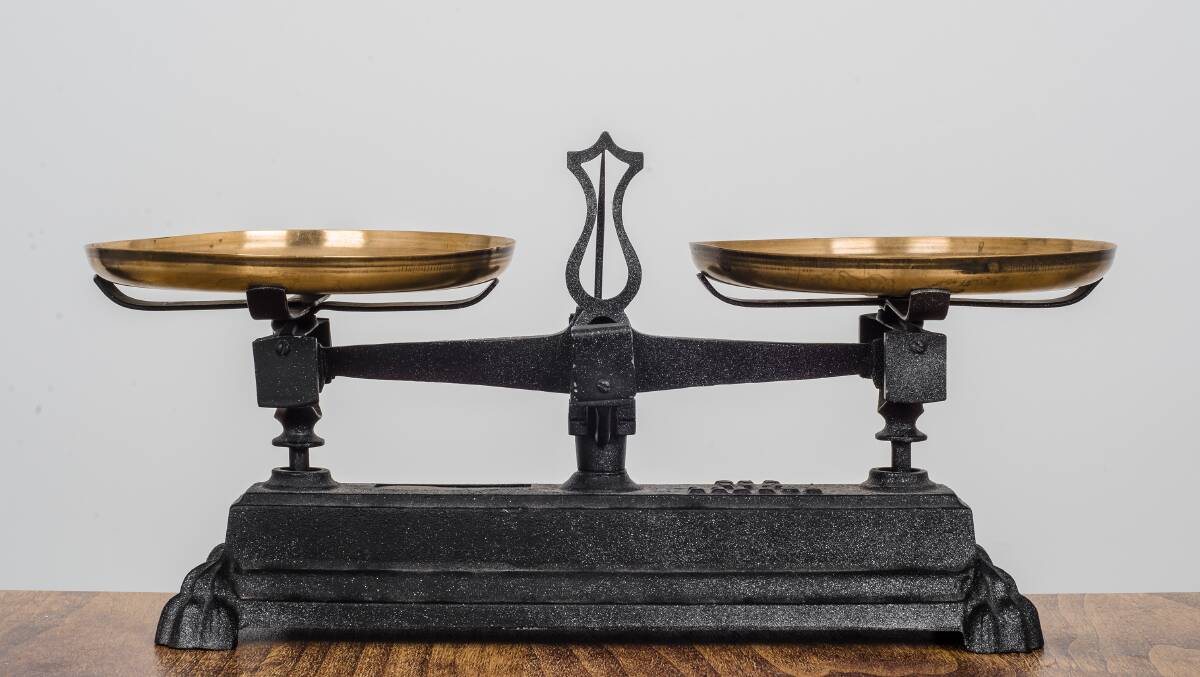
IN the news recently, there has been talk about the interest bill the federal government - taxpayers - pay each year on the national debt.
The debt interest payments have come down markedly in relative terms - this is purely a function of the record low interest rate regime we are in. While no one has a crystal ball, it would appear that low rates will be about for a few years yet.
I also read recently that some large corporates are taking advantage of this opportunity and making acquisitions or expanding their businesses. To use a farming analogy, they are "making hay while the sun shines".
The questions for agribusinesses are: how much debt is too much and should a farming business be loading up with debt in the current low interest rate environment? The answer to these questions will be different for all farming enterprises.
Banks are keen to lend to good customers, including the agricultural sector.
For instance, if you borrow at 2.5 per cent, and get a net return of 7pc, it makes sense to take on more debt. Leverage can supercharge returns.
Leverage can also work both ways, and it can bring a business undone very quickly if the rates versus return scenario is inverted. Therefore, knowing your numbers and understanding your risk profile is imperative.
While interest rates are so low, now may well be a good time to look at fixed rates.
The spread between fixed and variable rates isn't very large at present. No doubt this will change over time and fixed rates will be higher.
Or, it may be prudent to split your business facilities, and have some fixed and some variable - hedging your bets as it were.
The other unknown is the role inflation plays. Inflation has been quite low for an extended period of time.
The last time inflation was out of control was many years ago, and younger generations wouldn't have any recollection of this and the havoc it caused.
The times we are in now are unprecedented. Quite a few economies of developed countries across the world are roaring back to life faster than any experts predicted.
As a result, there has been large demand for some products. An example of this is building products, particularly timber.
Transport has also been an issue, as overseas shipping schedules were disrupted. Only time will tell whether there are any long-lasting effects. There are lots of uncertainties in global markets at present.
Most agricultural commodity prices are pretty good, and the outlook is quite buoyant. It pays to know the risk versus benefit scenario in whatever farm decisions you make.
No one likes shocks they don't see coming, and keeping abreast of the latest information and trends gives an agribusiness the best chance of long- term success.
It's best to have your eyes wide open when a decision is made, and to be aware of possible downside risks.
Conversely, taking a bit of a punt, may pay handsome dividends.
Start the day with all the big news in agriculture. Sign up here to receive our daily Stock Journal newsletter.

